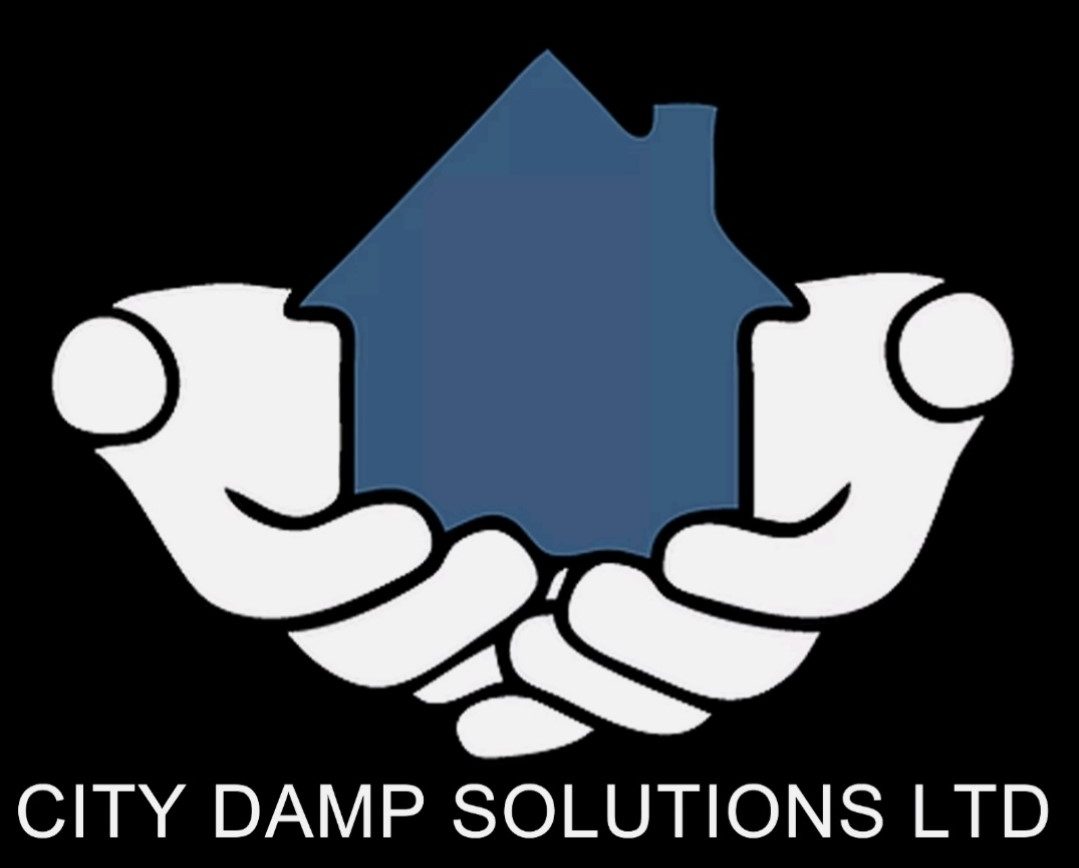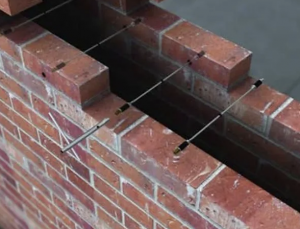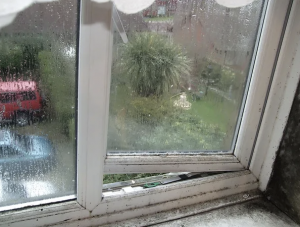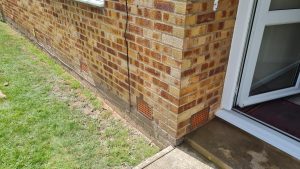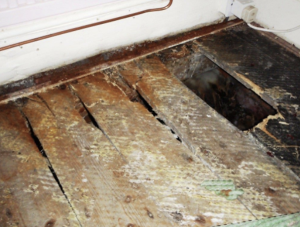
Blogs
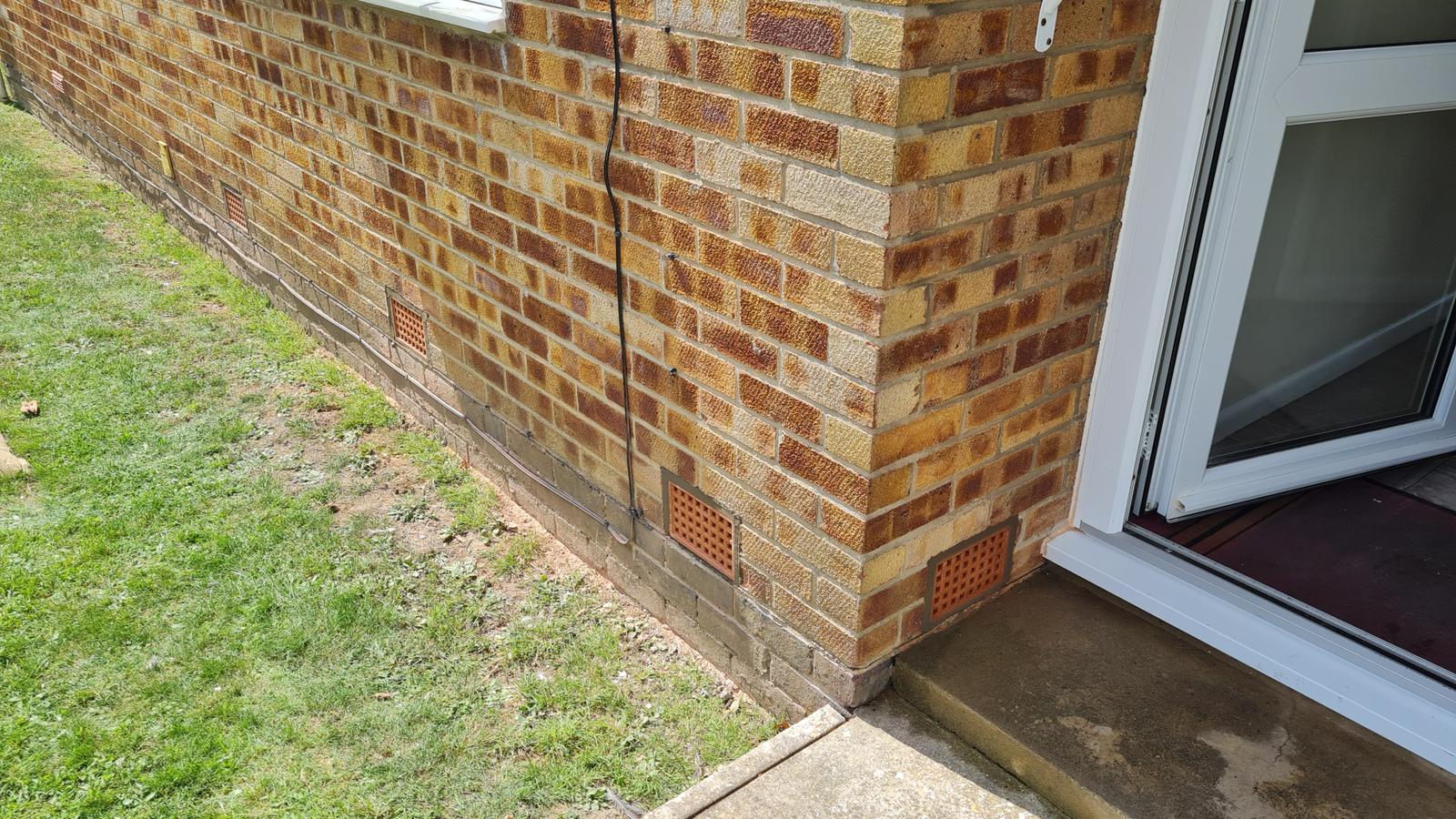
The Challenge of Condensation and Poor Ventilation: Protecting Your Home and Health
Condensation and poor ventilation are common issues that can affect the comfort, structural integrity, and even the health of your home. Often underestimated, these problems can lead to a range of issues, from unsightly mould growth to respiratory problems. In this blog post, we will explore the challenges posed by condensation and poor ventilation and provide practical solutions to keep your home and health in optimal condition.
Understanding Condensation
Condensation is the process by which water vapour in the air turns into liquid water when it encounters a surface that is cooler than the dew point. It occurs when warm, moist air meets a cold surface, such as windows, walls, or ceilings. Common signs of condensation include:
- Water droplets on windows or other surfaces.
- Mold and mildew growth.
- Musty odours.
- Peeling paint and damaged wall coverings.
The Consequences of Condensation
Condensation is not merely an inconvenience; it can lead to various problems, including:
- Mold and Mildew: The excess moisture encourages mould and mildew growth, which can damage surfaces, trigger allergies, and lead to health issues.
- Structural Damage: Prolonged exposure to moisture can damage wood, plaster, and insulation, potentially weakening the structure of your home.
- Decreased Energy Efficiency: Damp homes are harder to heat, and this leads to increased energy bills.
The Importance of Proper Ventilation
Proper ventilation is a key component of maintaining a healthy and comfortable indoor environment. It serves several vital functions, including:
- Removing Moisture: Adequate ventilation helps to reduce humidity levels, minimising the risk of condensation and mould growth.
- Air Quality: Proper ventilation ensures a continuous supply of fresh air and eliminates pollutants, such as cooking fumes, allergens, and indoor pollutants, improving indoor air quality.
- Temperature Control: Ventilation helps regulate indoor temperatures, making your home more comfortable and energy efficient.
Solutions for Condensation and Poor Ventilation
- Ventilation Systems: Consider installing mechanical ventilation systems, such as extractor fans, to ensure consistent airflow and moisture removal, especially in areas prone to high humidity, like bathrooms and kitchens.
- Natural Ventilation: Open windows regularly to allow fresh air to circulate through your home. This is particularly important in the morning and evening when outdoor air is cooler.
- Insulation: Ensure your home is adequately insulated to prevent cold surfaces that trigger condensation.
- Use Dehumidifiers: Dehumidifiers are an effective way to reduce humidity levels in your home, especially during humid seasons.
- Monitor Indoor Humidity: Invest in a hygrometer to keep track of indoor humidity levels. Aim for a relative humidity of around 40-60%.
- Seal Leaks: Seal any gaps or leaks in your home’s structure to prevent cold air from entering and warm, moist air from escaping, which can contribute to condensation issues.
Condensation and poor ventilation can lead to a range of problems, from mould growth to structural damage and health concerns. By understanding the challenges associated with these issues and implementing practical solutions, you can create a healthier, more comfortable, and structurally sound living environment. Prioritising proper ventilation and managing condensation will not only improve your home’s well-being but also contribute to energy efficiency and long-term property maintenance.
At City Damp Solutions, we understand the importance of a safe, healthy, and structurally sound property. If you want to find out more about our Condensation and ventilation services click here, we would love to chat.
